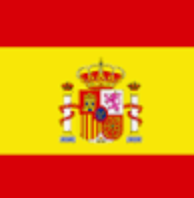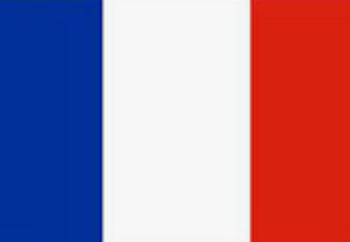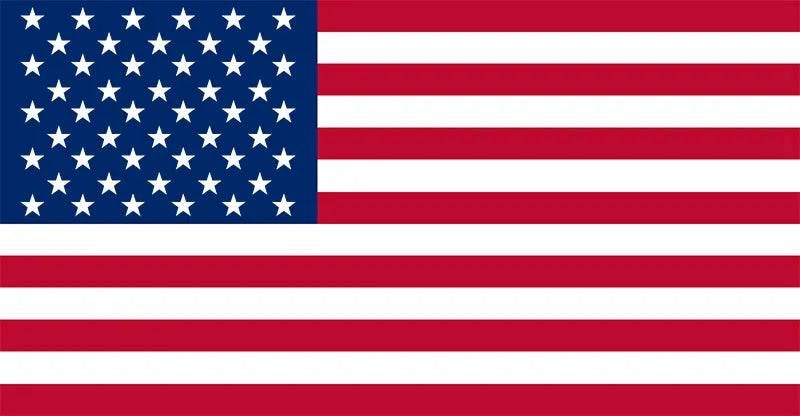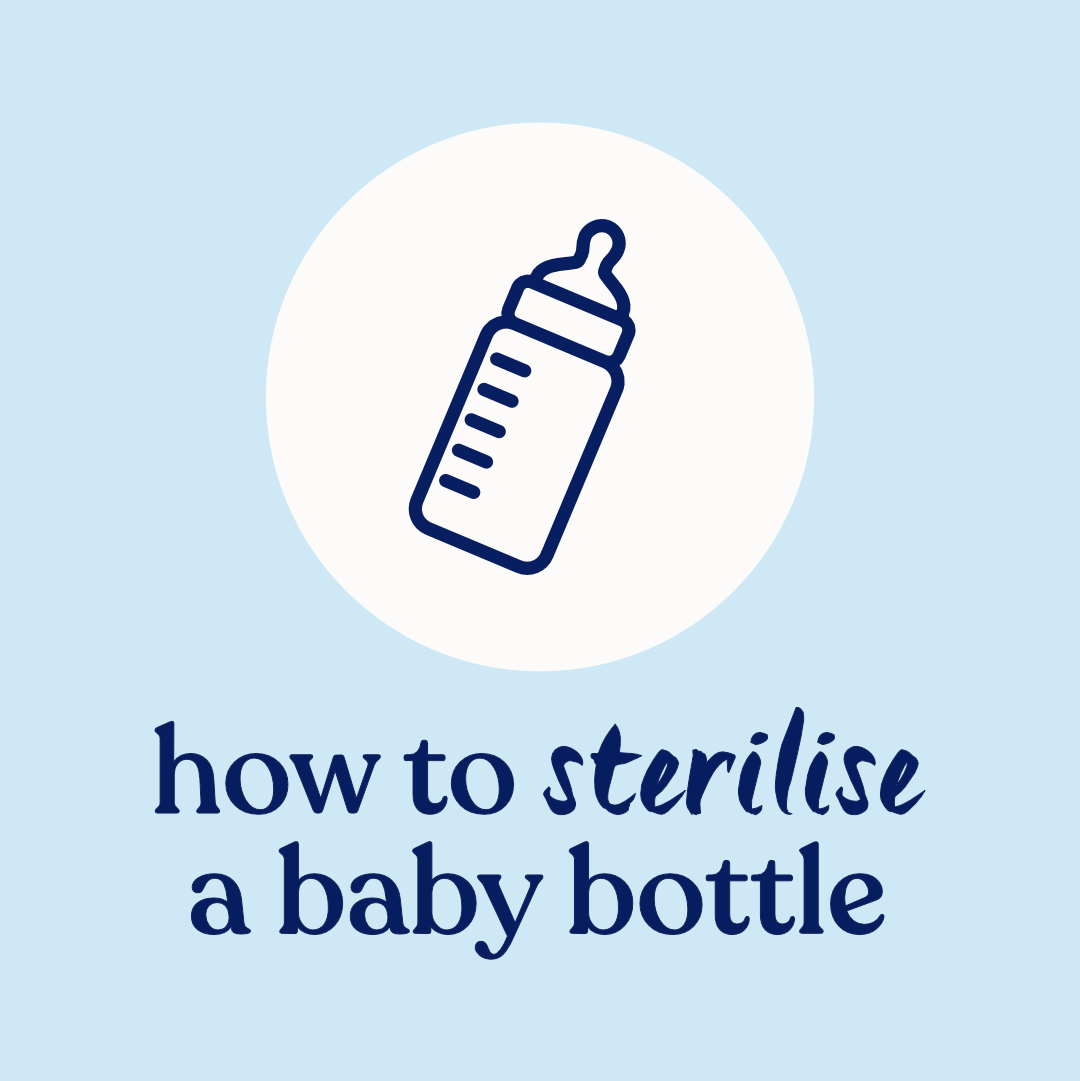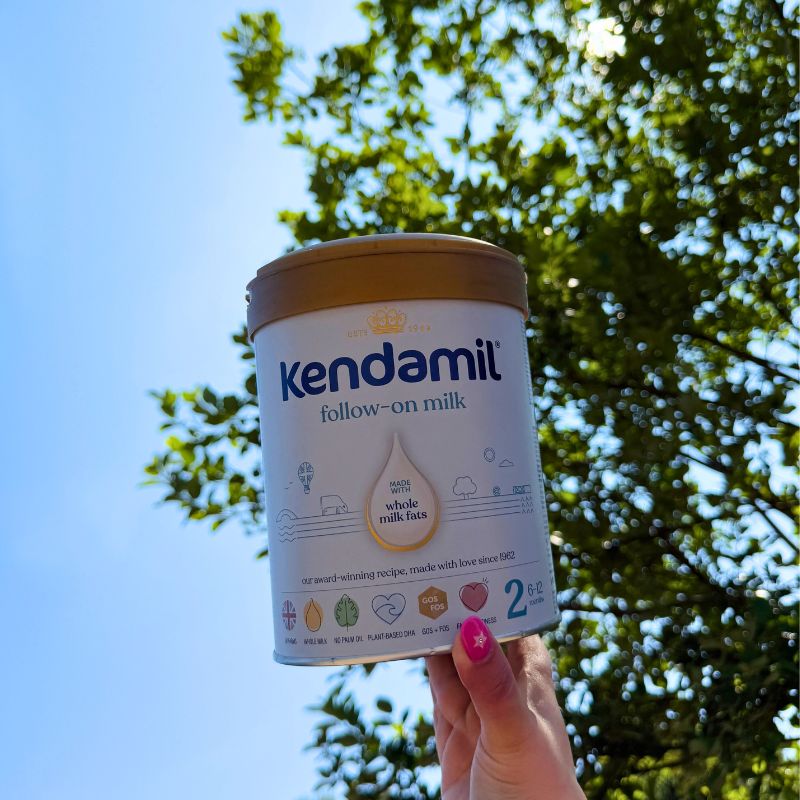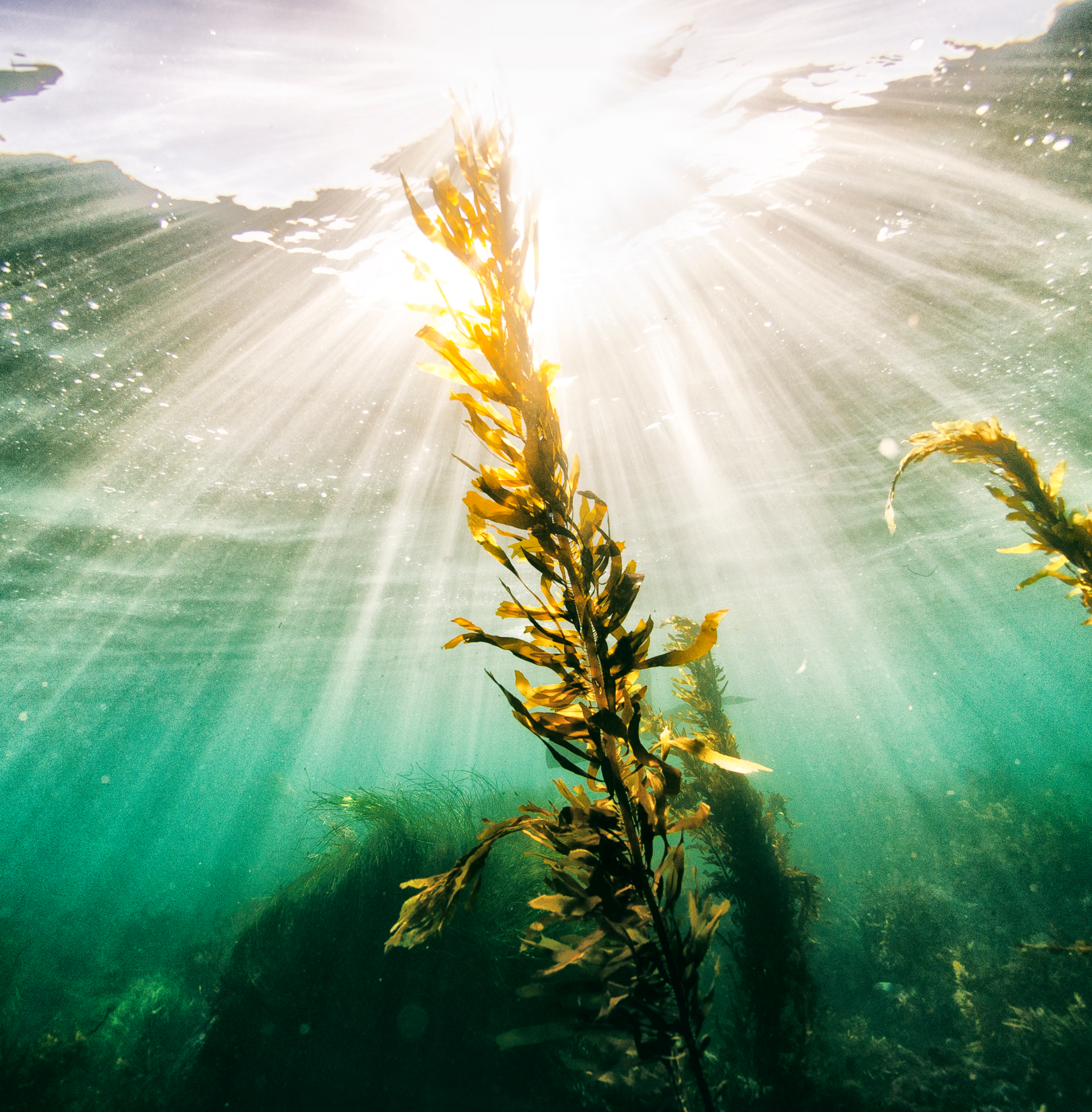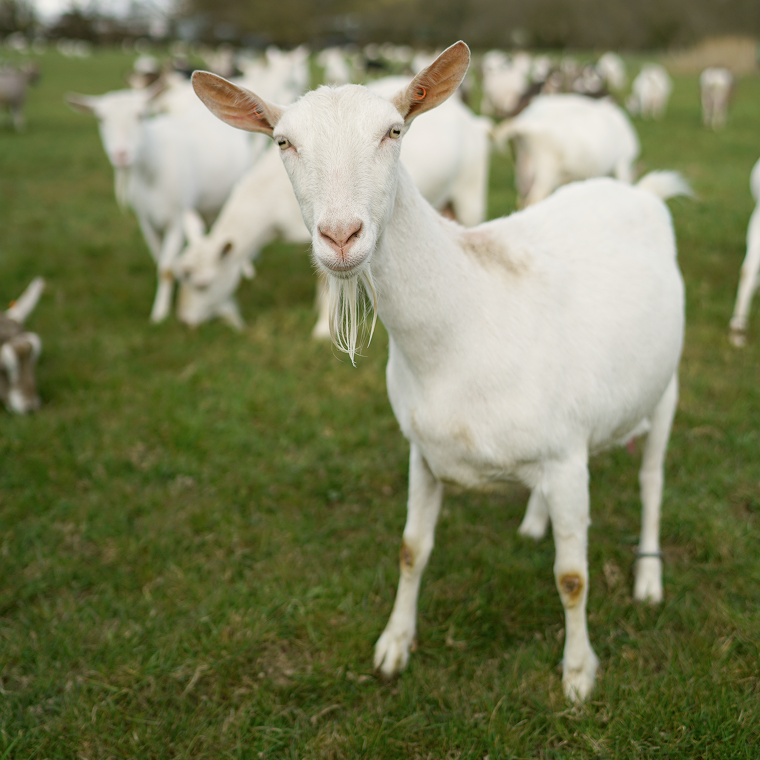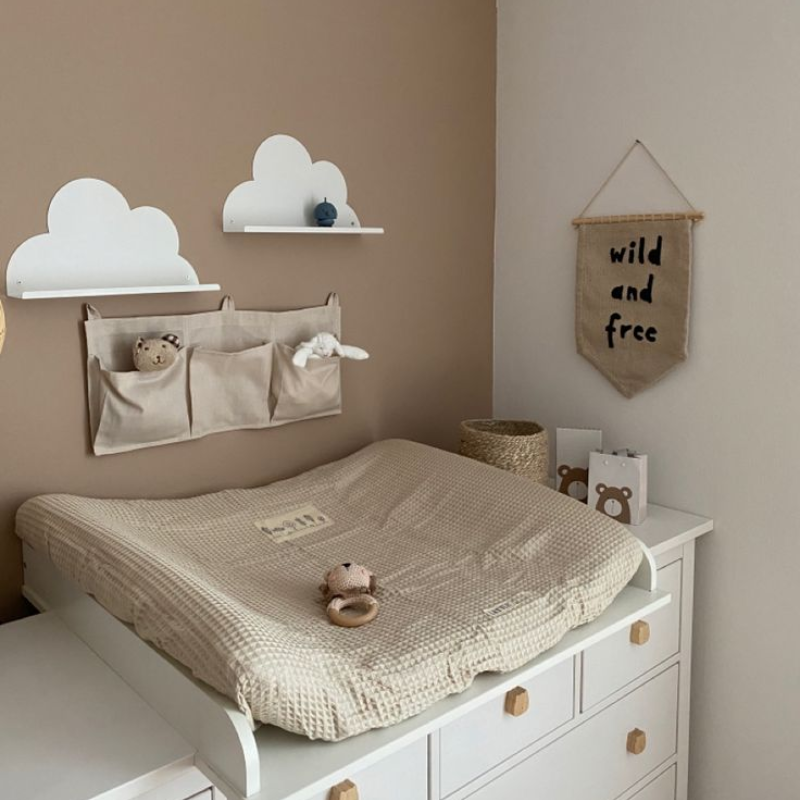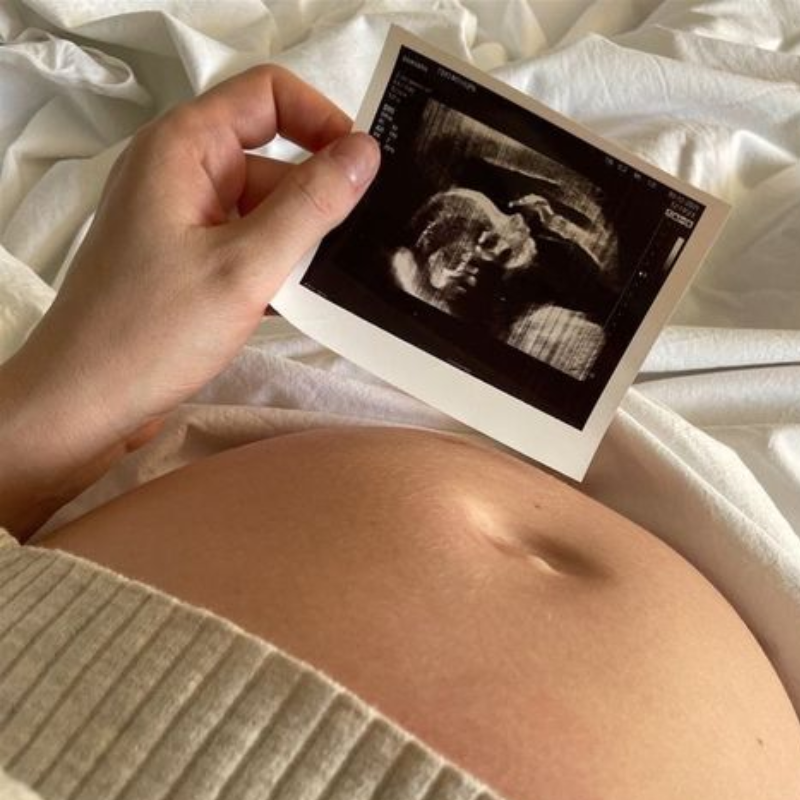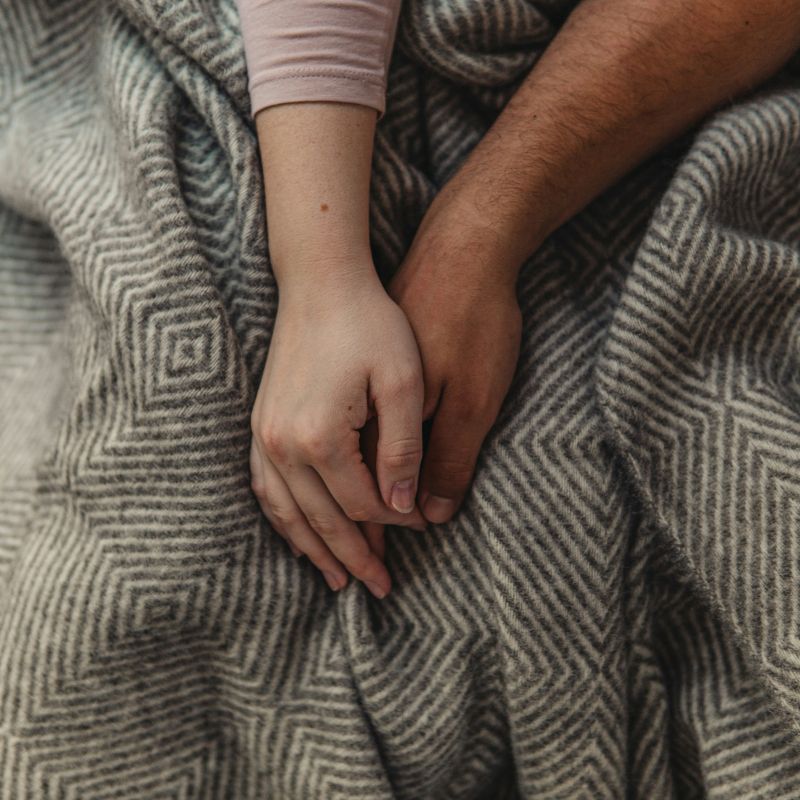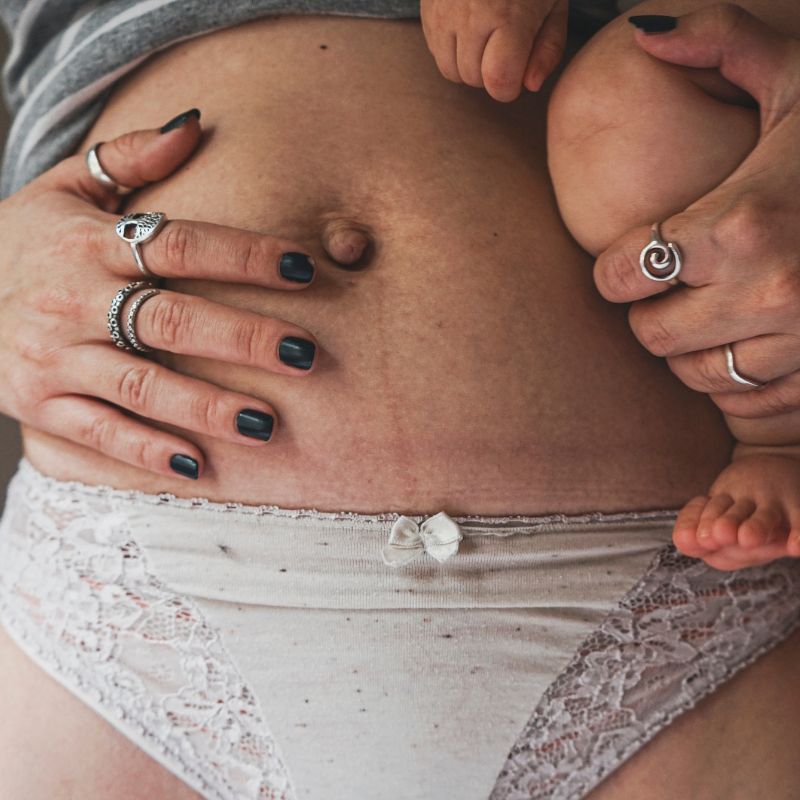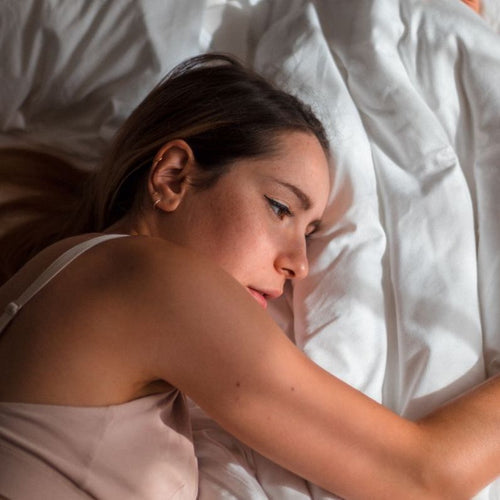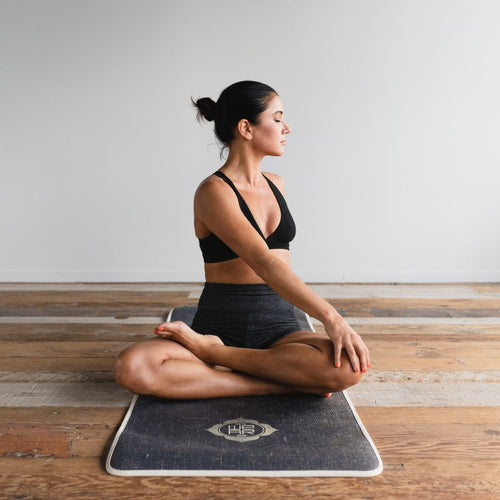Whether you're feeding your baby expressed breastmilk or formula milk, you might be thinking about using a bottle to feed your baby.
Sterilising your baby bottles and teats is an essential part of the feeding process. It ensures that you get rid of all the bacteria (which tends to develop on any equipment if it’s left for too long) before feeding your little one.
🤔 Why do I need to sterilise my baby’s bottle? 🤔
Because your little one’s immune system is still developing, it’s important to make sure your bottles are properly sterilised.
According to the NHS Guidelines, until your baby is 12 months old, they’re more susceptible to infections - in particular, unsterilised baby bottles can cause diarrhoea and vomiting.
🧼 Can’t I just only wash my baby’s bottle? 🧼
No, you cannot.
Unlike a healthy, adult immune system (which is well-equipped to fight day-to-day bacteria and viruses) your baby is still developing. Meaning their immune system isn’t fully functioning on its own. So, while we adults are well-equipped to fight off harmful microbes, our little ones (with their growing immune systems) will struggle to fend off surface-level nasties.
Sterilisation actually works by eliminating all viruses and bacteria - so there’s no chance of any germs getting into your baby’s system while they feed. Even a small number of germs could potentially make your baby poorly, so let’s try and avoid that!
For this reason, the NCT recommends that you wash your baby’s bottles as soon as they’re finished feeding.

🧽 Before sterilising 🧽
Some steps to follow before you sterilise. These steps stand, whether you’re feeding your little one for expressed breast milk OR formula milk:
- Make sure you clean the bottle and teat (and any other feeding equipment) with warm, soapy water. Use a clean bottle brush and small teat brush to clean the fiddly inside bits.
- If you’re using a dishwasher make sure bottles, lids and teats are facing downwards. You don’t want them filling up with dirty water.
- You can also clean the inside of your teats manually. Do this by turning the teats inside out before thoroughly washing them.
- The last step you take before sterilising should be to rinse each piece of equipment in clean, cold water.
🍼 How to sterilise your baby bottles, teats (and other equipment) 🍼
So, once you’re done washing your baby bottles, teats and the like (and you’ve rinsed each item with clean, cold water) it’s time to begin sterilising. There are a few ways you can sterilise your baby bottle equipment. We’re going to cover the following:
- Cold water sterilisation
- Steam sterilisation
- Boiling water sterilisation
So, you have a few options to choose from, according to time, convenience and the equipment you have on hand!
🥶 🌊 Cold water sterilisation 🌊 🥶
Cold water sterilisation involves buying chemical tablets that dissolve in cold water to create a ready-made sterilising solution. Make sure you’re using a clean, water-tight container.
First and foremost, it’s crucial that you follow the manufacturer’s instructions before beginning this process.
Cold water sterilisation comes with a special sterilising solution, which you will use to soak your baby bottle equipment. Instructions will usually tell you to leave equipment in the solution for 30 minutes or so. The NHS recommends not using the same solution for more than 24 hours.
Make sure there aren’t any air bubbles in bottles or teats. Once you’ve sterilised your equipment, give each piece of equipment a shake and rinse with cool boiled water from the kettle. Don’t rinse any sterilised baby bottle equipment with tap water.

image: https://www.milton-tm.com/en/consumer/sterilising-methods
♨️ 🌬️ Steam sterilisation 🌬️ ♨️
Some steam sterilisers can be used in a microwave, others need to be plugged into a mains socket. In a nutshell, a steam steriliser works by placing your baby bottle equipment in a high pressure, hot environment which destroys the proteins in microbes.
Once again, it’s crucial that you follow the manufacturer’s instructions before beginning this process. It’s also important that you follow the instructions on how long to leave your equipment in the steriliser before it next needs to be sterilised again.
Often the length of time this process takes varies according to the steam steriliser you’re using. Make sure your bottles and teats are facing downwards in the sterilising machine.

🥵 🌊 Boiling water sterilisation 🌊 🥵
You can also use boiling water to sterilise your baby bottle equipment. Before you use this method to sterilise your items, make sure you check if each product is okay to be boiled.
The NHS tells us that teats may be more susceptible to early damage with long term use of this method - so please check that your teats aren’t broken, damaged or cracked before you feed your little one.
Once, you’ve verified that it’s safe to boil your equipment, simply heat water in a stovetop pan. Make sure that you’re using a thermometer to measure the temperature of your boiling water. Once the temperature of your water hits 100 degrees, submerge your baby bottle items for 10 minutes (keep the stovetop simmering during this time).
Once the required time has passed, turn the heat off and remove the equipment (safely!) from the boiled water. Make sure to let the equipment cool for a few moments before use.

✔️ After sterilisation ✔️
Post-sterilisation, here are some (NHS verified) things you can do to ensure full peace of mind (and to avoid re-contaminating your equipment).
🍼 It’s best to keep your baby bottle equipment in the steriliser/ pan until you need to use it.
🍼 If you do take equipment out earlier than you need it, make sure to put teats and lids on your bottles straight away.
🍼 Use sterile tongs when handling sterilised equipment. If you don’t have access, make sure to wash your hands before use.
🍼 Assemble your equipment on a thoroughly disinfected surface.
🤱 Sterilising baby bottles: expressed breastmilk 🤱
If you’re sterilising equipment to put your expressed breastmilk in, you want to be careful to ensure no unwanted microbes enter the milk. While breastmilk has effective antimicrobial properties, it’s still important to make sure no contamination occurs. Here are some added tips for making sure your expressed breastmilk is safe for feeding:
- Wash and sterilise all your equipment before and after use - this includes your breast pump, cups, teats, bottles and spoons.
- Don’t leave your expressed breastmilk out for more than an hour.
👨🍼 Sterilising baby bottles: formula milk 👨🍼
Because baby formula isn’t typically sterile, it’s very important to ensure you’re following manufacturers’ instructions for preparing your formula. This ensures that microbes are fully eliminated from the formula before you feed your little one.
Here are some tips to make sure your formula milk is fully safe for your little one.
- Wash and sterilise all your equipment before and after use - this includes your cups, teats, bottles and spoons.
- Any leftover formula milk should be thrown away.
👶🏽 A small note on your baby’s immunity 👶🏽
You might be quick to ask the question: ‘If I sterilise my little one’s baby bottles (and all surroundings) during the feeding process - how will their immune system actually develop?’
We’ve been told that immunity can only occur when we procure antibodies, which help us to fight off harmful germs. This can only happen when we’re actually infected with said germs.
While this is true for developed, healthy immune systems, your baby’s developing system works a little differently. Sterilising your baby’s bottles stops the possibility of your baby ingesting a large number of harmful microbes in one go. This doesn’t mean your baby isn’t gradually developing those necessary antibodies.
Household exposure, a regular diet (formula milk and/or breastmilk) and even a quick trip to the park every so often, all play a part in gently developing your little one’s immunity.
Check out our video which shows you how to sterilise a baby bottle using the steam sterilisation method!
💙 Need extra support? Talk to our fellow mums and dads. 💙
If you need help with sterilising equipment, need extra support while travelling or have any other queries on this topic, please don’t hesitate to contact our customer support team of mums and dads.
For additional information on sterilising baby bottles, check out the following links:
- The NHS website (sterilisation tips)
- The NCT org (sterilisation tips)
- La Leche League (introducing expressed breastmilk to baby)
Important Notice: Breastfeeding is best. Kendamil Follow-on milk is only for babies over 6 months, and should be used as part of a mixed diet. Please talk to your Healthcare Professional.


